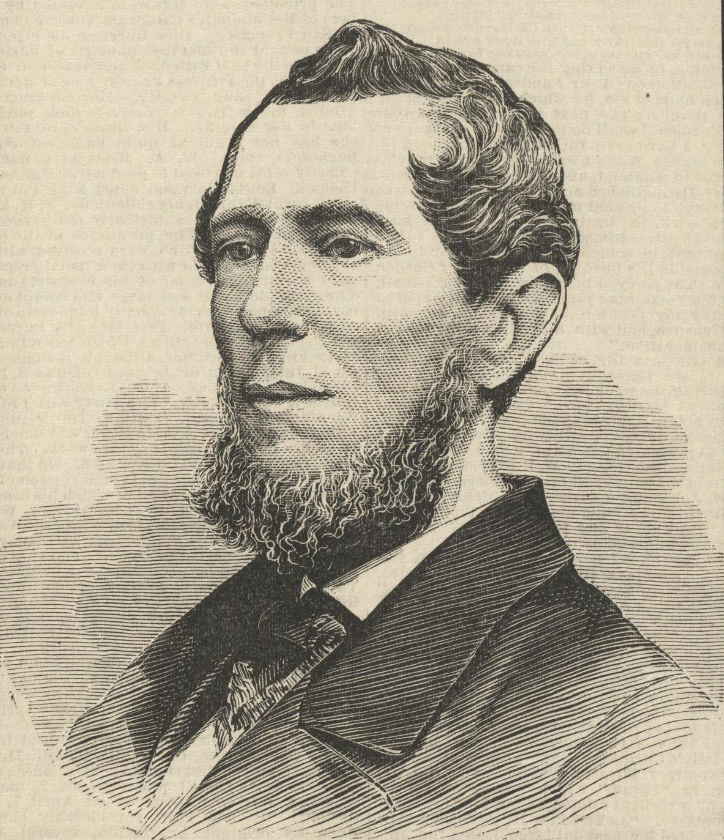The following was taken mainly from Wikipedia. Reformatted and edited.
Often known as Billy Whitlock, he was a significant figure in the early days of American entertainment, particularly in the minstrel show tradition.

1846 lithograph illustration of minstrel Billy Whitlock
Here are some key points about his life and career:
Early Life: Born around 1813 in New York City, Whitlock initially worked as a typesetter before moving into entertainment.
Career Beginnings: Whitlock claimed to have met America’s pre-eminent banjoist, Joel Sweeney, in 1838 and to have taken some banjo lessons from him. He began his career performing blackface banjo routines in circuses and dime shows. He joined P. T. Barnum’s circus in 1839, where he began his blackface act. By 1840, Whitlock was performing circuses, museums, and variety shows and had taken the epithet “King of Banjo players, and the Emperor of Extravaganza Singers”. Whitlock’s character was named “Sambo Squash”.
Virginia Minstrels: By 1843, he was well-known in New York City for his performances. Whitlock is best known for being one of the founding members of the Virginia Minstrels, the first minstrel show troupe. The group, formed in early 1843, included Dan Emmett, Frank Brower, and Richard Pelham. They performed a full minstrel show at the New York Bowery Amphitheatre on February 6, 1843.
Performance Style: Whitlock’s performances often included playing a long-necked, four-stringed banjo (modified to five strings by 1844) and singing in a style that mimicked African American vernacular. He was known for his energetic and comedic performances. Many years later, Whitlock claimed that his Negro impersonations were based on reality. He would “quietly steal off to some negro hut to hear the darkeys sing and see them dance, taking with him a jug of whiskey to make them all the merrier.”
Later Life: Whitlock continued to perform and influence the minstrel show tradition until his death in 1878.
